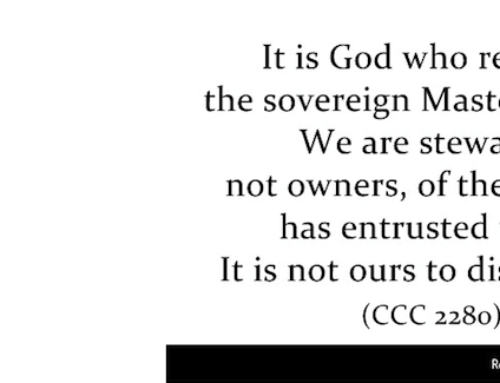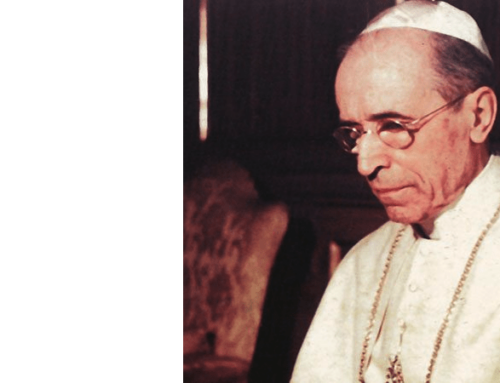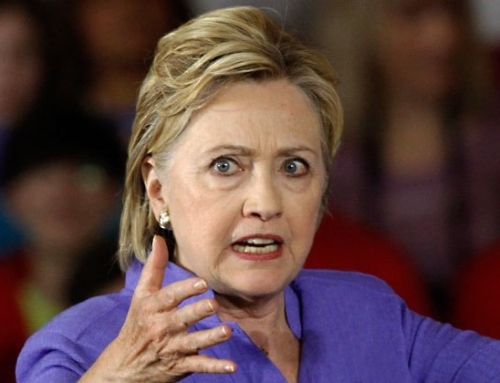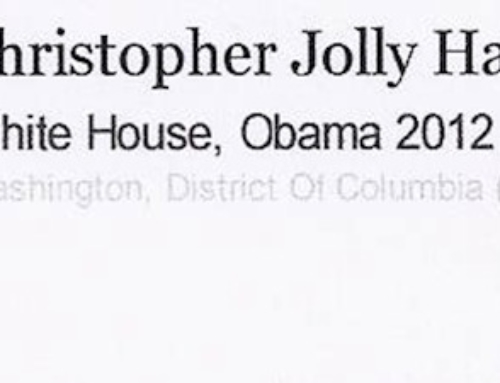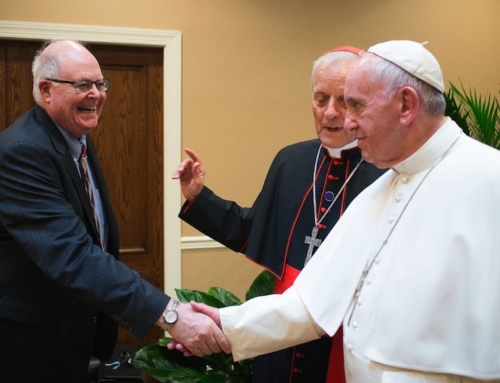by Robert P. George
(Catalyst 10/1999)
The following is an edited version of a statement made by Robert P. George before he left his post on the U.S. Commission on Civil Rights last year. It is an important commentary on the state of religious liberty in our public schools and it is one that deserves a wide audience. Dr. George is McCormick Professor of Jurisprudence at Princeton University and is a member of the Catholic League’s board of advisors.
On July 12, 1995, President William Jefferson Clinton publicly directed the Secretary of Education, Richard Riley, and the Attorney General, Janet Reno, to provide each school district in America with a copy of the “Guidelines on Religion in the Public Schools.” The president emphasized that it was important for everyone, including school administrators, to realize that “the First Amendment does not convert our schools into religion-free zones.”
The hearings which the U.S. Commission on Civil Rights has held on this issue
were designed to examine whether the religious liberty rights of students and teachers were, in fact, being protected. Sadly, we found that in many respects our public schools have, indeed, been converted into “religion-free zones.”
The problem is not merely one of lack of information. The Guidelines have been sent, on two occasions, to every school district in America. The problem is one of commitment—a lack of commitment to respect the religious civil rights of students and teachers as seriously as we respect other civil rights.
For instance, while I applaud the Secretary of Education for distributing the Guidelines, I must note that very little has been done to make sure the Guidelines actually reach teachers, students and their parents. The Department of Education (DOEd) has not gathered statistical or other information regarding even, the preliminary question whether the Guidelines have been distributed by the school superintendent, nor have they gathered information about the more important question whether the public schools are, or are not, complying with the Guidelines.
I have heard no credible excuse for this from the DOEd. Surely, such a massive bureaucracy, which reaches into public schools in numerous ways to protect other civil rights, could undertake this simple task without undue exertion or expense. Nor have I heard credible reasons why the DOEd does not undertake additional steps. Why does it fail to offer in-service training, or training videos, done by a balanced panel of experts, on the Guidelines?
Again, while both the president and Secretary Riley noted the importance of every school district using the Guidelines to develop its own district-wide policy regarding religious expression, what has been done, beyond mere exhortation, to encourage this? So far as I can tell, nothing has been done, except for the holding of three “summits” by Secretary Riley. I would say this hardly evidences a serious, sincere commitment to promote the distribution and usage of the Guidelines in developing district-wide policies in school districts across America.
This is all the more a shame because both the Secretary and the President note that using the Guidelines to develop a district-wide plan will also serve to build consensus and to identify common ground among members of the community before rancorous disputes erupt. One of our witnesses, Charles Haynes of the First Amendment Project of the Freedom Forum, testified in detail about how this process can, and has, worked successfully, particularly in Utah and California, to bring communities together and to help the entire local community understand and respect one another and their First Amendment religious liberty rights.
Mr. Haynes and other witnesses also helped us identify one area in which there are still very seriously problems, which go far beyond a lack of information. That area is the curriculum. As we learned, public school curricula across America do not, by and large, take religion seriously. Apart from brief treatment in the “history” portion of the curriculum, religion, and religious viewpoints, are simply ignored.
As one of experts, Warren Nord, told us, this is often the result of hostility to religion, not of mere ignorance. Indeed, as Mr. Haynes said, a truly “liberal” education would inform students about the full range of viewpoints and let them choose among them. In many schools, in the name of “neutrality,” religious understandings of the world are simply excluded, while materialistic views are the norm. This simply must be changed, for if “neutrality” has any constitutional meaning, it surely means “fairness,” and a fair presentation of religion and religious points of view in the curriculum is what is lacking.
Returning to the Guidelines, I must note strong disagreement with one portion of them. By saying only that, in light of the City of Boerne v. Flores case, students do not have afederal right to “opt out” of classes which students or their parents find objectionable for religious reasons, the Guidelines leave the misleading impression that no such right exists. However, such rights may, and probably do, exist under state law. And such a right is undoubtedly also protected under doctrines of parental rights, which were conspicuously left unaffected in the area of education by the 1990 Supreme Court decision in Employment Division v. Smith.
The right to “opt-out” is highly important because, in my opinion, nothing plays a bigger role in driving students away from the public schools than a failure to recognize such a right. If the Secretary is correct that the right to “opt-out” is no longer protected by federal law, then I think it is imperative that Congress act to make it so.
As noted above, the Guidelines were issued by DOEd in consultation with the Attorney General. As our nation’s highest law enforcement official, the Attorney General has, among many other things, the responsibility to enforce the law protecting religious freedom in the public schools. Yet, so far as we were able to determine during these hearings, there is NO ONE at the Justice Department (DOJ) who is charged with overseeing enforcement of the Equal Access Act. This Act, which is a prominent part of the Guidelines, guarantees that student “bible clubs” are given the same access to school facilities as are other non-curriculum clubs.
So far as we were able to determine, NO ONE in DOJ is responsible for apprising other federal agencies, including, significantly, DOEd, about legal developments regarding equal access. Finally, in those places in which the federal government has the fundamental responsibility for education (for instance, on military bases), we have received no information that DOJ is ensuring that the Guidelines are being followed.
The point is sometimes made that the Equal Access Act provides for a private cause of action. But so do the federal securities laws; yet DOJ is active in ensuring that they are not violated. Why has DOJ failed to institute a single case against a school district where non-compliance with the Equal Access Act has been widespread? My point is this: other civil rights are not left solely to the resources of private citizens to protect and defend. DOJ has the resources; it simply chooses to spend them otherwise.
One place where DOJ could start is the public school system in the state of New York. Problems, particularly concerning equal access, arise there regularly. Yet, so far as our witnesses told us, it does not appear that the school system has followed the recommendations of Secretary Riley and the President to make sure that the Guidelines are distributed beyond superintendents to teachers, students, and parents, and to encourage the development of district-wide plans based on the Guidelines.
Nor is in-service training provided. The New York State School Board Association, while filing briefs alleging establishment violations on several occasions, has not, so far as I could determine, even once filed a brief supporting a claim that religious free exercise is being denied.
I believe these hearings demonstrated that the Equal Access Act, where it has beenobserved, has been a success—all of our witnesses in Washington, for instance, agreed on this. Those witnesses were also unanimous, save one, in supporting the position that a religious club has the right to require that its officers espouse its beliefs. This is just plain common sense.
An organization which cannot insist that its officers espouse its constituting principles has ceased meaningfully to exist. I encourage Congress to make this right explicit in the statute. Also, given that all our witnesses agreed that the Act has worked well in high schools, Congress should consider making it explicit that it extends to “middle schools” and “junior high schools” as well.
The hearings did not, in my opinion, enable the Commission to examine in sufficient detail the problems faced by teachers regarding their own rights to religious freedom. We are not speaking, obviously, of a teacher indoctrinating a student in the teacher’s beliefs, but of a teacher having his own rights violated by the school system. In our Seattle hearing, we heard sufficient testimony to convince me that this is a significant problem, one which merits concern and examination.
In the years since the Guidelines were originally issued, it is clear to me that the federal government has failed to do enough to make sure that we move from rhetoric to implementation. In fact, so little has been done, that it encourages cynics who see the issuance of the Guidelines, far from being an attempt to ensure that religious rights are respected and religion is taken seriously, as a ploy to avoid a Constitutional amendment. One hopes the cynics are mistaken. However, the only way we will know is if the federal government takes serious steps to follow through on the statement of the President and Secretary Riley.
One thing our hearings surely demonstrated was that religious liberty currently is not sufficiently secured in our public schools, and that the public school culture has for too long regarded religion, contrary to the Constitution and to common sense, as an enemy. The opportunity to build common ground and to reach the mutual understanding has too often been squandered. I encourage public school officials to take the right to free exercise of religion as seriously as they take other civil rights, and to no longer treat it as a forgotten child of our Constitution.


